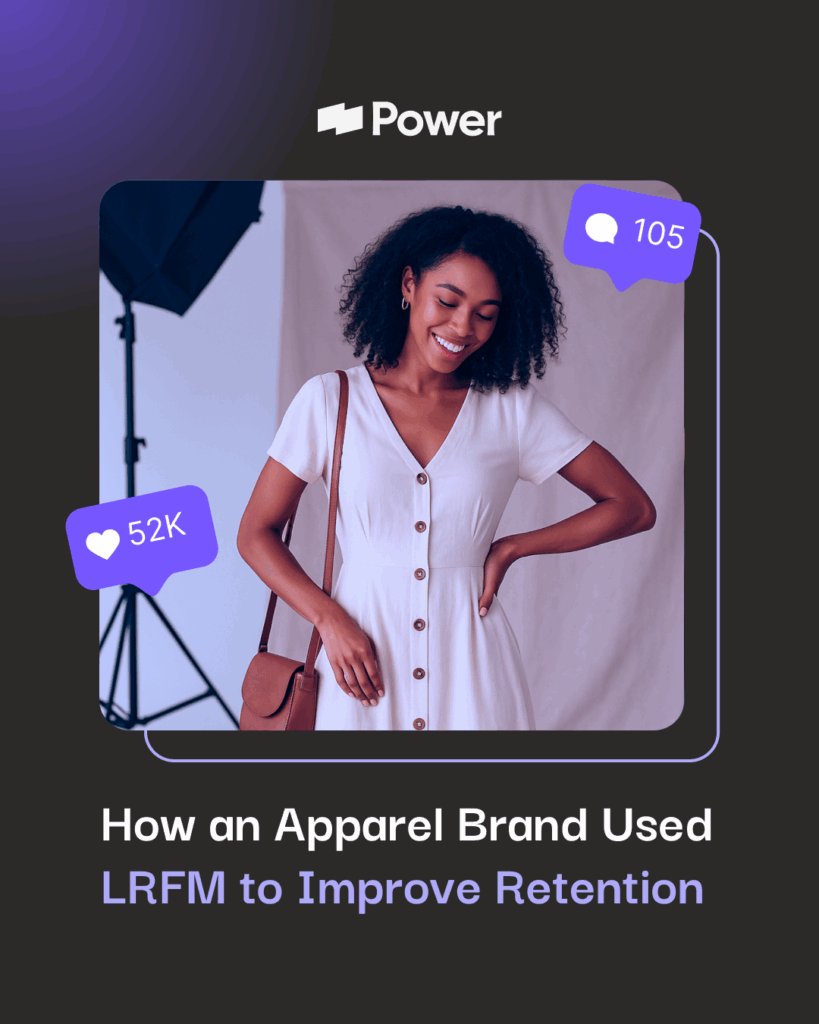Having a good strategy to rank your videos on YouTube is important to growing your channel and brand awareness. In addition to creating engaging video content that your YouTube audience loves there are other things you can proactively do to maximize your YouTube video rankings and visibility.
Below we provide an in-depth outline of those YouTube SEO tactics and initiatives with explanations on how and why they will help you rank your video’s on YouTube, the world’s 2nd largest search engine. At the end you will also have access to the checklist Power Digital uses with our YouTube search engine optimization process to assure we hit the key points to a fully optimized YouTube video! Use these YouTube SEO tips and checklist so you can watch your rankings grow on YouTube!
Starting Off With Our Pro Tips!
Tip #1: Conduct Keyword Research to See What People are Searching for on YouTube
This YouTube keyword research process has a lot of similarities to standard SEO keyword research but is a critical step to ranking your YouTube videos and gaining greater search visibility.
Our favorite SEO tool for this research is FREE and is called, Keywordtool.io – here is a link to this greattool for YouTube Keyword Research!
Also, if you optimize videos correctly, these videos can actually start to rank within Google’s organic search results, so it is a good idea to run those same keywords from Keywordtool.io through Google’s Keyword Planner.
We recommend that you do this research prior to producing your video so you can create the perfect video that appeals to what the searchers are looking for but if you have already produced the video you can still do this keyword research to assign the best keywords possible to your video. By best keywords possible, we mean the following:
- The keywords that have the greatest monthly search volume
- That are most relevant to what your video is about
- The keywords that Google would also display video results for in universal organic search results.
Keywords for videos will typically differ from those used on your website which can help you to gain exposure on terms that you would not normally use throughout your website content. Keeping this in mind, find a variety of higher volume head terms (shorter keywords with higher volume) and long-tail keywords so that you can show results for different points in the funnel or buyer’s journey.
When coming up with keywords that Google will show videos for in the universal organic search results, think about the types of terms you typically see videos ranking for. As a starting point, look for keywords that include the following types of terms:
- How to (How to choose a tire)
- Reviews (michelin ps4s review)
- Tutorials (tire mounting tutorial)

Once you have done this YouTube specific keyword research to see what types of video’s people are searching for, it is time to craft your video indexing strategy and YouTube metadata.
You want to align your content to best serve this interest and optimize the video metadata!
- Video Title: Include your targeted keywords in the video title in a natural and valuable way for the reader. Google is smart and will pick up on this valuable and keyword rich description. Ideally you want to lead with the keywords you are targeting in the video description because YouTube just like you and I, read the title from left to write and leading with your main keyword or keywords places a greater emphasis on them for ranking and to have a higher click-through-rate.
- Video Description: Write a rich video description that uses the keywords in a quality fashion and clearly tells the viewer what your video is about and why they will love it. Do not keyword stuff your video description or it will actually hurt your rankings.
- Video Tags: Another place you want to use the keywords you are targeting to ensure the classification of your video matches the keyword targets.
- Video Transcription File: is critical and you want to assure the keywords are in this file as well in a quality and non-spammy fashion. Creating your keyword strategy prior to filming the video will ensure that these keywords are used in the video content and transcription, so like anything else, more planning will translate to better performance.
Tip #2: Be Consistent and Focused with your Video Publishing
Just like blogging, Google wants to see consistent thought leadership and quality content. The longer you consistently produce great video content on your area of focus the more authority you have and bigger priority you will get when people search for video content around your topic area.
YouTube looks at user metrics (plays, comments, embeds, likes/dislikes, percentage of time viewed) to determine how the rank videos in YouTube results, so make sure you are putting our valuable content rather than to just publish a video to make sure you have a new video go up in a given timeframe.
Tip #3: Make it Easy for People to Embed your Videos on Their Website
When people embed your video on their blog, website or webpages this shows Google that your content is so valuable that other people want to showcase it and share it. It acts as a vote of trust for your YouTube channel and video and increases your visibility very similarly to how a link works in SEO.
Two ways you may be able to proactively drive embeds include:
- Contact distributors or business partners of yours that may be able to use your videos to further support their blog or website, show them your content and see if they are interested in using your videos through an embed
- Contact bloggers or media outlets that may be able to leverage your video content and share this opportunity with them













